Feeble Nostrums Won't Fix a Broken Housing Market
America not only needs a lot more housing, it needs to build for the three-fifths of the market no longer served.
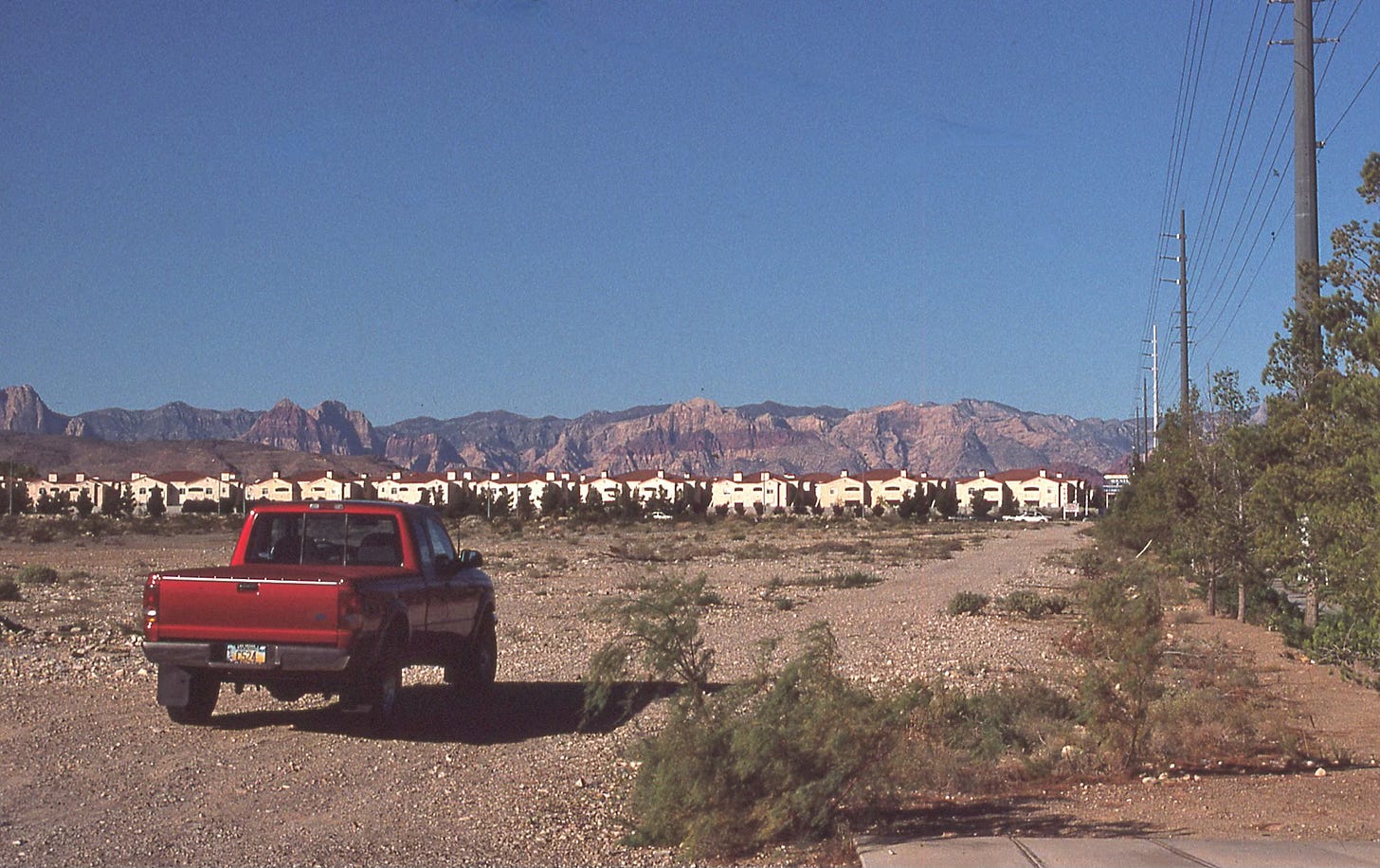
There is nothing pre-ordained about tiny, aging cottages selling for $1 million, rampant homelessness, and aged, paint-peeling apartment complexes attracting bidding wars. First-time home buyers have seen their dream of ownership perpetually receding, as they are punished by interest rates and outbid by corporate investors and individuals affluent enough to pay all cash.
This is why one of voters’ top concerns is housing. There’s nothing affordable to buy, nothing affordable to rent just about anywhere. Pundits and politicians spent months of this endless election year blowing by the subject, until polling revealed that home-prices are a really big deal to people.
Disappearing Supply
We need more housing supply, goes the handwringing of candidates who have been treating housing as an unmentionable disease that will somehow cure itself. Democrats belatedly slapped together housing ideas, revealing how little they have thought about the problem. Presidential candidate Kamala Harris promises to build three million homes but program details don’t make a persuasive case that this modest goal can be reached. She promotes downpayment assistance but that could boost prices at the low end—exactly where supply is most needed and where costs have risen fastest.
Her plans can be criticized but they at least are rational and head in the right direction. The Republican right wing wants to increase supply by deporting immigrants. That’s it? It is beneath contempt to tout an unrelated hot-button slogan as a solution.
No shortage of penthouses
The 1.4 million dwellings that are being built (a rate well below historic levels) serve only the upper two fifths of earners. There’s no shortage of penthouses or lavish houses with swimming pools. There is next to no new supply for more than half of all households.
Isn’t the Federal Reserve riding to the rescue? It has used its interest-rate blunderbuss to reduce demand for everything, but rents have moderated only slightly and sale prices continue to rise, even as interest rates more than doubled, because enormous demand for low and moderately priced housing is simply not being addressed. The interest rate increases suppressed new home construction because builders could not afford the loan burdens and worried they would not be able to sell finished dwellings. People holding the extraordinarily cheap mortgages of the past decade don’t want to sell. So supply remains highly constrained.
Housing can’t be fixed by 1950s rules
The high interest rates crushed constituencies Biden—and now Harris—is counting on: young people and Black households. They blame Biden and Harris, because the candidates were late to comprehend the enormity of dissatisfaction over housing (nor have they made clear they do not control the Fed and therefore can’t set rates). Interest rates are falling finally, and that may spur a minor turnaround in housing starts. But declining rates—if they draw lots of people into the market—could cause house prices to skyrocket again, a lose-lose.
The lack of housing for middle and lower income households is driven by national structural dysfunctions that have festered for years, but have now come together to stretch the definition of markets beyond the breaking point.
There once was a starter home market that relied almost entirely on for-sale individual homes built for families with children on open land at the urban edge. The conditions necessary for this 1950s notion of housing growth have vaporized due to high land costs, long commutes, and smaller households. When you see such housing in the exurbs it tends to come in the form of small houses jammed together that make the row-house blocks of older cities look spacious. It’s urban housing that lacks all the advantages of an actual city.
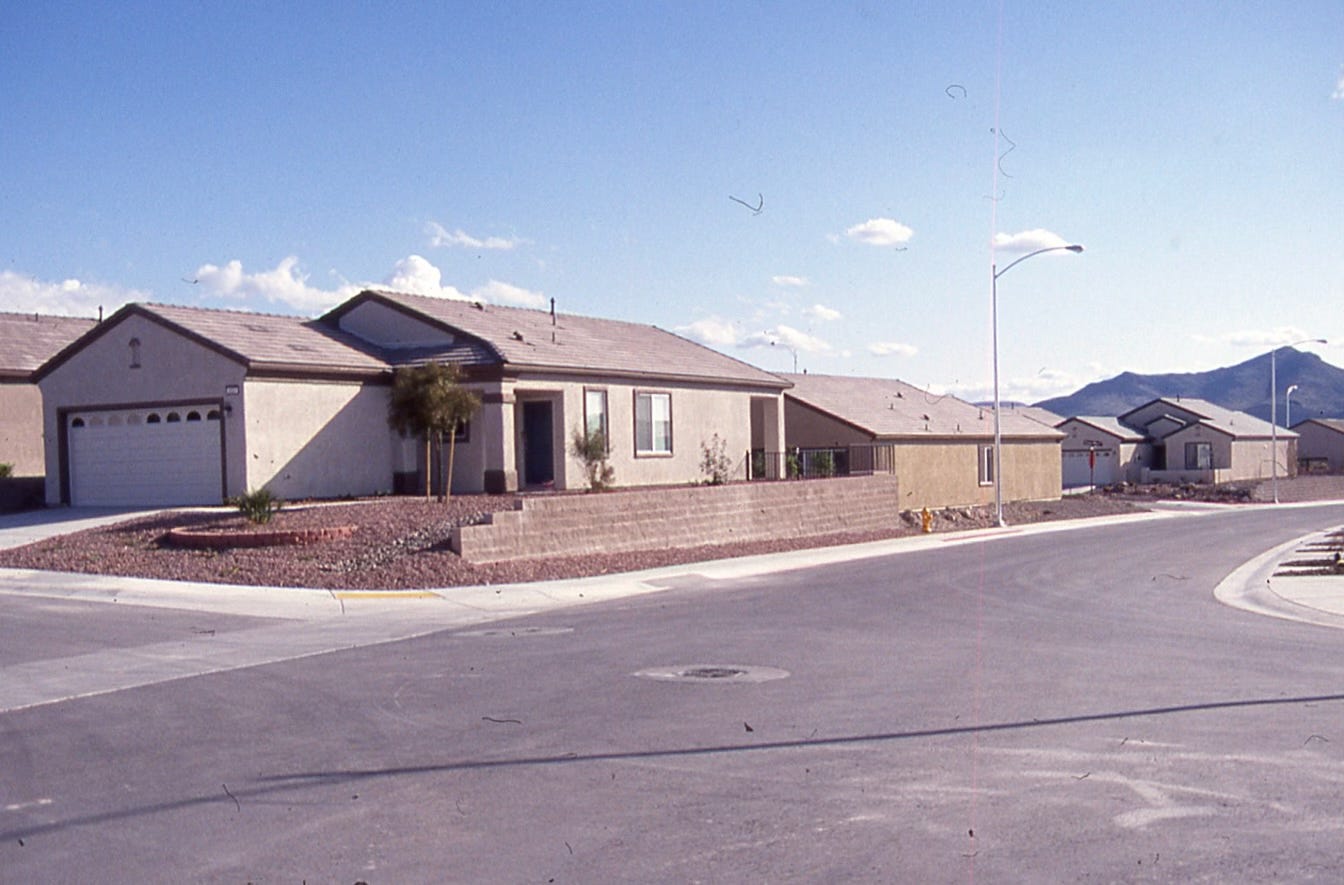
The starter market ignores today’s large cohort of singles and small families, who prefer close-in locations and apartments, because they come without the maintenance burdens of houses. But those locations and building types are not served by the policies and incentives designed to support outer-suburban growth. The Federal government, the mortgage-backing agencies, and states could encourage more condos, for example, which are less costly to build than single family houses, can aid wealth-building, need less energy to operate, and, can meet pent-up demand for more walkable, affordable, transit-friendly neighborhoods. Today almost no condos are built, hobbled by unnecessarily high lending costs and sloppy construction that has drawn flocks of ambulance-chasing lawyers, who have made condo development toxic.
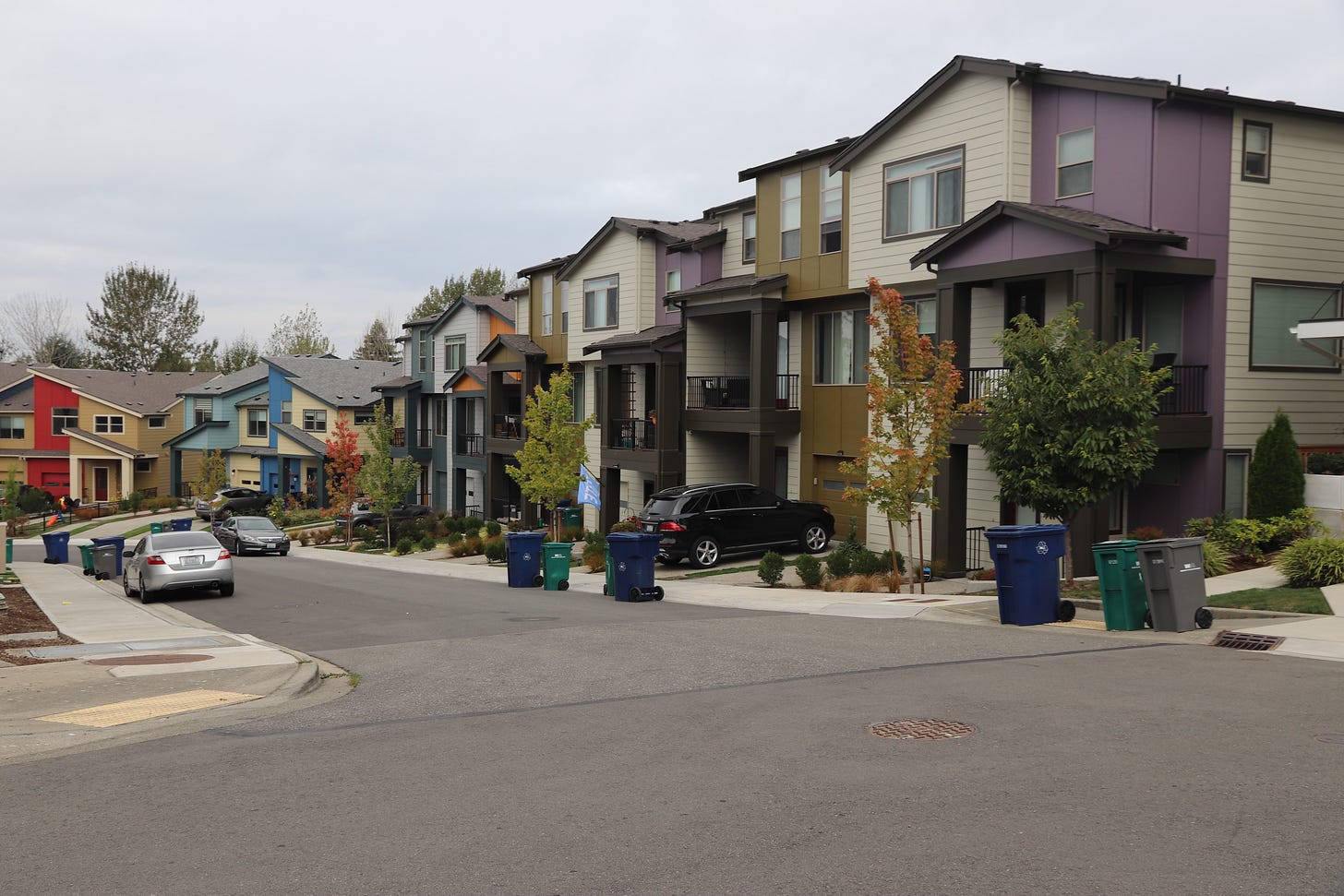
Most countries provide some sort of direct subsidies to build and operate housing for those who cannot afford market rents. In the U.S., a gaggle of underfunded vouchers, direct subsidies, and tax credits have long reached only one-fourth of households entitled to them, thanks to Congressional parsimony and the programs’ absurd complexity, which, by design, suppresses the cost to government (though adds considerably to the cost of delivering each home), and so reduces the number of dwellings produced and households supported.
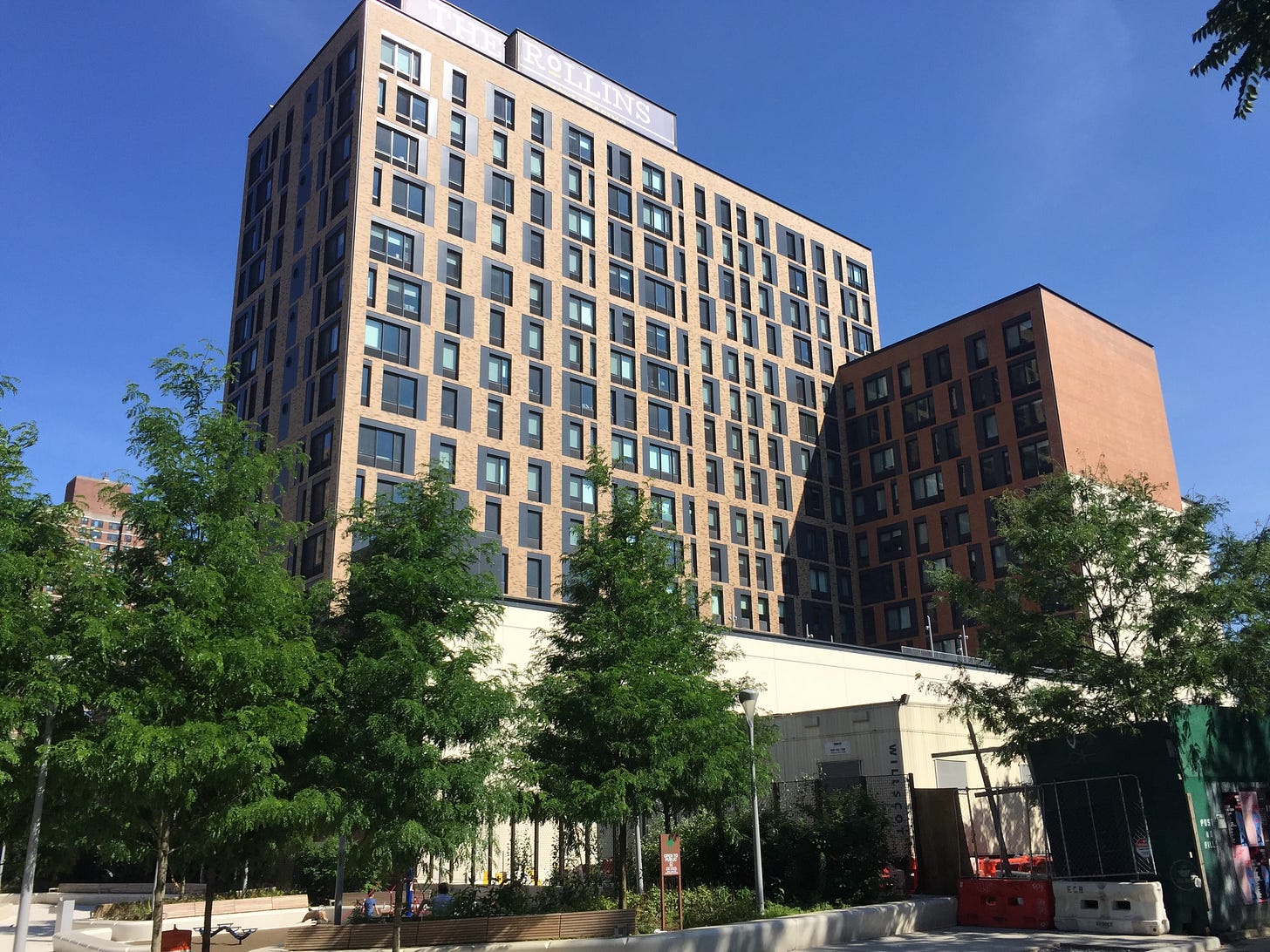
Progressives support “social housing” modeled on US and European top-down government housing models that have largely been discarded. Using a grim image of a much-reviled New York City tower development in an op-ed does not help the cause. The barriers to this kind of housing production are far too overwhelming, when what’s needed—at least until proven inadequate—is to adjust incentives to favor housing accessible to most Americans.
Targeting Trailer Parks
In America, moderately priced supply is supposed to come from what’s known in the trade as “naturally occurring” affordable housing, meaning older, less desirable properties that have stagnated or sunk in value. America is probably the only country that relies on obsolescence to “produce” housing.
That supply is being lost to private equity, which became a major player in housing when it snatched up hundreds of thousands of foreclosed homes in the Great Recession, drastically reducing the naturally occurring stock. The corporate buyers targeted the sunbelt cities hard hit in the recession such as Atlanta, the west coast of Florida, Las Vegas, and Phoenix. Nationwide, more than six million low-cost rentals have disappeared from the market since 2012, according to the 2024 “State of the Nation’s Housing,” published by Harvard’s Joint Center on Housing.
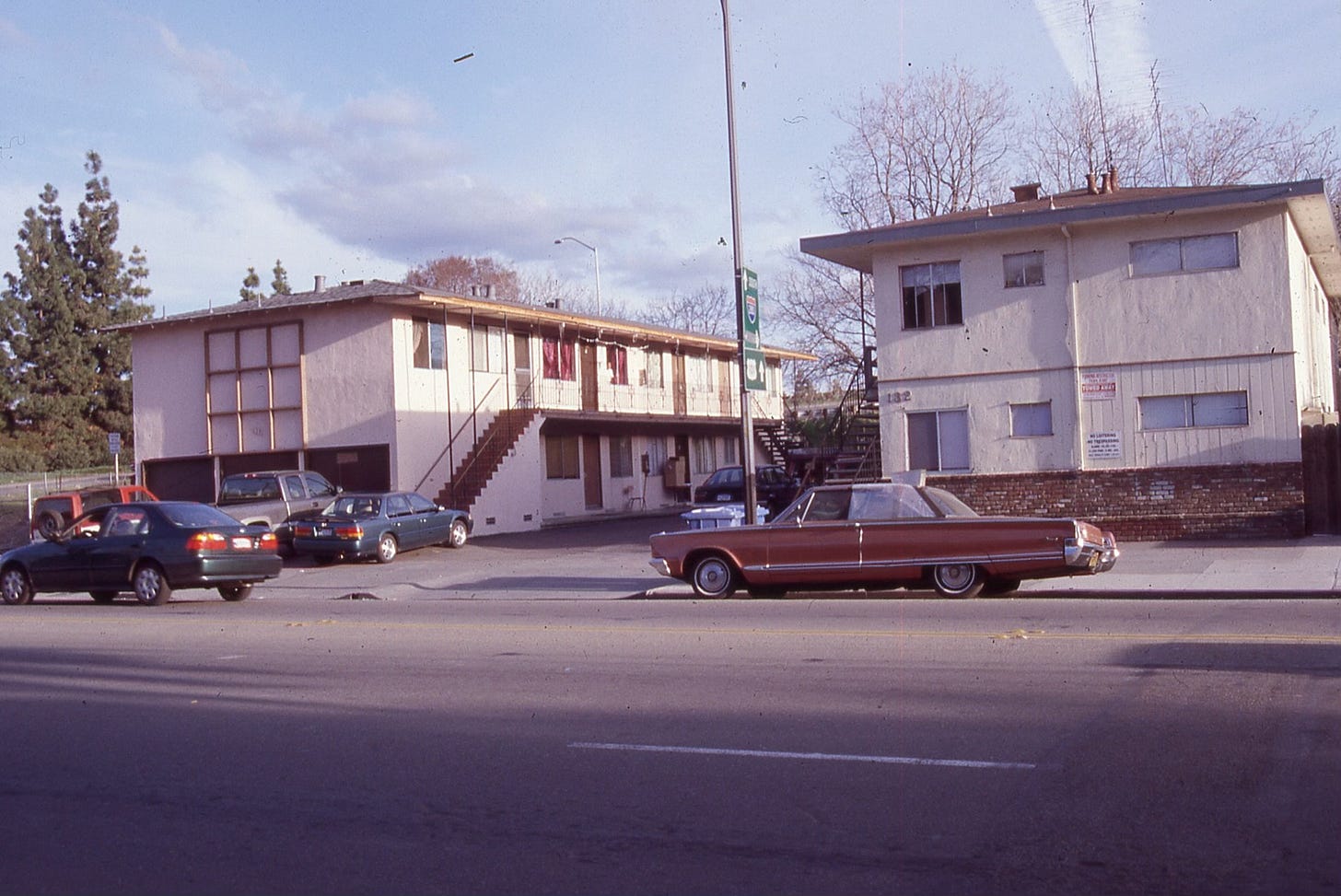
That activity was propelled to even greater heights by over-generous tax treatment for investors that was part of the Trump tax legislation and peaked in 2022 at close to one-third of all purchases. That has left historically affordable cities with high percentages of stressed renters who cannot afford to become owners. Low home prices are a thing of the past in such burgeoning cities as Nashville and Austin. Corporate buyers target trailer parks everywhere. Nationwide, half of renters are struggling to make rent, according to the State of the Nation’s Housing report—a record. Investors are essential to the housing market, but have become a toxic force because over-rewarded.
Housing affordability affects everyone
Ridding the tax code of provisions that are indiscriminately generous to well-off investors and owners would help. Congress should confer tax advantages and other subsidies only on new construction and renovations that benefit middle- and lower-income brackets. Everyone paying more than 30 percent of their income for basic housing should have access to straightforward subsidies.
After all, the tax code showers subsidies on affluent homeowners—some $200 billion annually. They are highly motivated to keep appreciation robust not just for wealth building but because the added value is mostly protected from taxation. Many of these owners virulently resist calls to ease restrictive land-use regulations that prevent the development of more affordable housing, fearing (usually baselessly) slowing appreciation—though racism too often plays a part.
That is why the wealthiest cities face the worst housing-affordability problems. Great numbers of affluent people force lower earners ever downward in the housing-quality spectrum, with the most vulnerable squeezed out of housing altogether. After researching every alleged cause of homelessness, two experts based in Seattle—a city of tech millionaires and tent encampments—titled their book Homelessness is a Housing Problem.
The think-tank class obsesses about local rules that slow the growth of housing supply and push prices up: zoning that shuts out moderately priced apartment developments or insists on single houses on large lots. Some pricey cities entangle housing growth in lengthy permitting processes and environmental reviews. Localities should ease such rules, but local regs should not be thought the only barrier to greater supply. Addressing national housing-market dysfunction cannot be ignored. (Also, no one should underestimate the fierceness of NIMBYs, who have dragged out affordable-housing battles for decades.) Also, aiding the supply of housing is not worth much if builders aren’t incentivized to build for non-affluent households.
The lack of housing affordable to most Americans is not just an inflation problem. It affects everything: where people can live, where they can work, what kind of life they can have. No one should be surprised that voter rage is fueled by housing instability. People want candidates prepared to tackle the problem. Congress, too, has utterly failed to to its part, so we should expect candidates to show fluency in housing, however dull they may regard the topic. Candidates who talk up specific realistic solutions, even at this late date, may well find receptive voters across the political spectrum.

